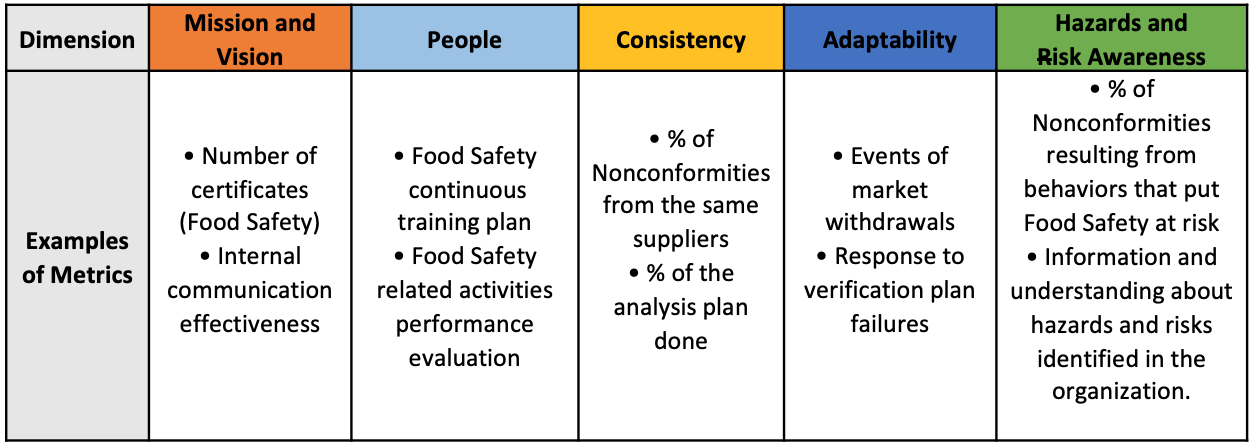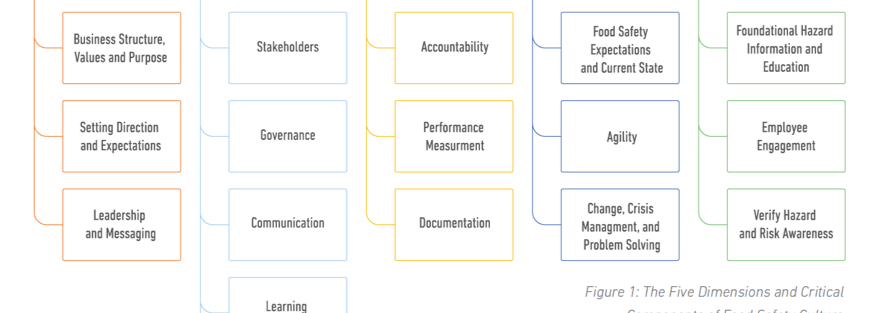For Food Safety 2.0 the purpose has to come from within, knowing that everyone (food industry workers) assumes their share of responsibility to ensure that people don’t fall ill or die from consuming unsafe food. Responsible food workers have to do it every day, even when no one is watching! This is called a Food Safety Culture.
Throughout the 21st century, it is estimated that the number of foodborne illnesses has increased due to continual change in production methods, processes, and practices; also caused by the change in consumption habits.
According to World Health Organization (WHO), an estimated 600 million – nearly 1 in 10 people worldwide – fall ill after eating contaminated food and 420,000 die each year. Children under 5 are particularly affected by foodborne illnesses, with 125,000 deaths each year. Food safety plays a decisive role in ensuring safe food for the consumer and is the main hope in preventing these tragic numbers.
The industry’s concern with finding ways to produce safe food at the time of consumption dates back to the 1950s, involving the American, National Aeronautics and Space Administration (NASA), and the necessity to provide safe and nutritious food to astronauts on their space missions. It was at this time that the first steps in the development of Hazardous Analysis Critical Control Point (HACCP) were taken and to this day, HACCP remains the foundation of all food safety certification programs. Over the end of the last century, producers and food companies implemented procedures to stringent food safety requirements and criteria aiming to respond to the growing consumer distrust with the safety of the products they consumed.
Moving towards food safety 2.0
Over the years HACCP has evolved. The emergence of food safety certification programs increasingly used by industry, especially those associated and recognized by GFSI, has provided companies with better tools to ensure food safety.
But what are the reasons why, despite all the inspections, training and checks inherent in HACCP and food safety programs, are there still recurring cases of foodborne illness?
There is one issue that characterizes and conditions the success of HACCP, including Food Safety certification programs: Purpose. The purpose by which companies implement these systems or, even more importantly, the purpose that employees have to do what they are supposed to do. The truth is that this Food Safety 1.0 is too dependent on external motivation! Much depends on the retail company that forces the organization to implement a certification program … even the food safety professional who runs after the workers and top management (!) to implement procedures and maintain compliance.
For Food Safety 2.0 the purpose has to come from within, knowing that everyone (food industry workers) assumes their share of responsibility to ensure that people don’t fall ill or die from consuming unsafe food. Responsible food workers have to do it every day, even when no one is watching! This is called a Food Safety Culture.
Let’s get it measured!
In the last decade, some authors have already addressed this topic (Griffith, Livesey, & Clayton, 2010; Powell, Jacob, & Chapman, 2011; Yiannas, 2009) even arguing that the Food Safety Culture (or its absence) is a risk factor associated with foodborne diseases.
Griffith’s definition of food safety culture is, “the set of dominant and relatively constant beliefs, values and attitudes that are apprehended and shared and that contribute to food hygiene behaviors practiced in an environment (organization) where manipulation occurs food”. (Griffith, C. J. 2010)
Thus, by developing a positive culture in organizations, we aim to bring Food Safety to its 2.0 version: safer, more rooted in the organization and mainly based on voluntary attitudes from all persons in the company, even when no one is watching.
But one question remains, how do you evaluate something so intangible? How to evaluate the Food Safety Culture within our Organization?
Global Food Safety Initiative (GFSI) made a major contribution to this issue when, in November 2017, it published “Food Safety Culture – A position paper from the Global Food Safety Initiative” which addresses food safety culture and how to implement a positive mindset in the organization through various strategies.
The GFSI document identifies 5 organizational dimensions structured for Food Safety Culture and then characterized by their sub-dimensions, as shown in Figure 1.

However, the gap that still needs to be filled is how one can assess the organization’s commitment to the Food Safety Culture, how to identify the company’s current point and aspects (dimensions / sub-dimensions) that need to be advanced. For this, it will be decisive to develop a quantitative model, because as is commonly said “You cannot manage what you cannot measure”.
That is why I am so excited about my collaboration with the University of Minho and Rocio in Portugal to develop metrics capable of assessing the organization’s degree of commitment to the different dimensions proposed by GFSI and enabling the development of a model for assessing Food Safety Culture.
Initially, several food safety professionals were contacted, a literature research was carried out and audit reports of food certified companies were studied. Thus, it was possible to elaborate proposals of appropriate metrics for each of the 5 dimensions.
Some of the metrics identified for each dimension are included in Table 1.
Table 1: Example of some metrics identified for the five dimensions

We now need the input of all Food Safety professionals to help assess how significant the proposed metrics are.






